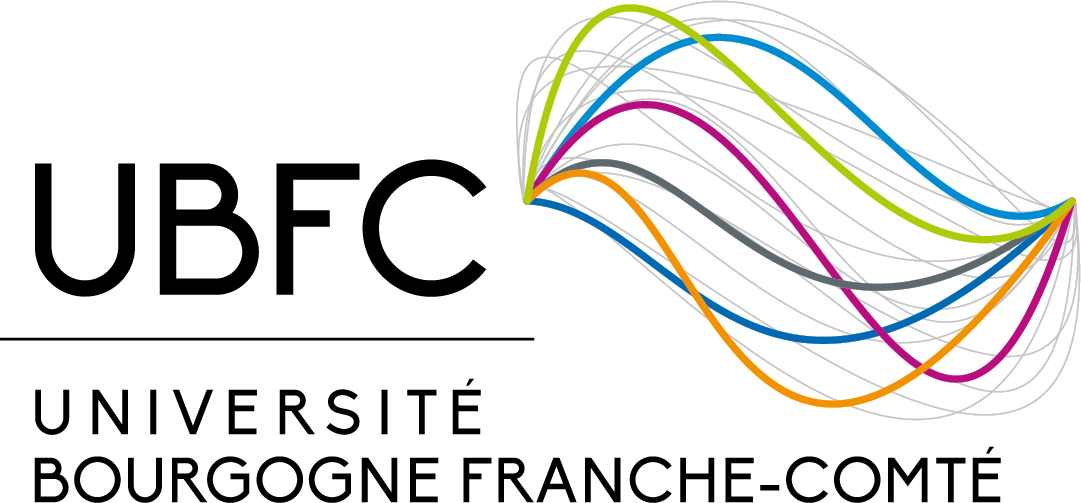Limited Resection Versus Pancreaticoduodenectomy for Duodenal Gastrointestinal Stromal Tumors? Enucleation Interferes in the Debate: A European Multicenter Retrospective Cohort Study
| Affiliation auteurs | !!!! Error affiliation !!!! |
| Titre | Limited Resection Versus Pancreaticoduodenectomy for Duodenal Gastrointestinal Stromal Tumors? Enucleation Interferes in the Debate: A European Multicenter Retrospective Cohort Study |
| Type de publication | Journal Article |
| Year of Publication | 2021 |
| Auteurs | Dubois C, Nuytens F, Behal H, Gronnier C, Manceau G, Warlaumont M, Duhamel A, Denost Q, Honore C, Facy O, Tuech J-J, Tiberio G, Brigand C, Bail J-P, Salame E, Meunier B, Lefevre JH, Mathonnet M, Idrissi MSbai, Renaud F, Piessen G, Grp AFCFREGATWor |
| Journal | ANNALS OF SURGICAL ONCOLOGY |
| Volume | 28 |
| Pagination | 6294-6306 |
| Date Published | OCT |
| Type of Article | Article |
| ISSN | 1068-9265 |
| Résumé | Background The optimal surgical procedure for duodenal gastrointestinal stromal tumors (D-GISTs) remains poorly defined. Pancreaticoduodenectomy (PD) allows for a wide resection but is associated with a high morbidity rate. Objectives The aim of this study was to compare the short- and long-term outcomes of PD versus limited resection (LR) for D-GISTs and to evaluate the role of tumor enucleation (EN). Methods In this retrospective European multicenter cohort study, 100 patients who underwent resection for D-GIST between 2001 and 2013 were compared between PD (n = 19) and LR (n = 81). LR included segmental duodenectomy (n = 47), wedge resection (n = 21), or EN (n = 13). The primary objective was to evaluate disease-free survival (DFS) between the groups, while the secondary objectives were to analyze the overall morbidity and mortality, radicality of resection, and 5-year overall survival (OS) and recurrence rates between groups. Furthermore, the short- and long-term outcomes of EN were evaluated. Results Baseline characteristics were comparable between the PD and LR groups, except for a more frequent D2 tumor location in the PD group (68.3% vs. 29.6%; p = 0.016). Postoperative morbidity was higher after PD (68.4% vs. 23.5%; p < 0.001). OS (p = 0.70) and DFS (p = 0.64) were comparable after adjustment for D2 location and adjuvant therapy rate. EN was performed more in American Society of Anesthesiologists (ASA) stage III/IV patients with tumors < 5 cm and was associated with a 5-year OS rate of 84.6%, without any disease recurrences. Conclusions For D-GISTs, LR should be the procedure of choice due to lower morbidity and similar oncological outcomes compared with PD. In selected patients, EN appears to be associated with equivalent short- and long-term outcomes. Based on these results, a surgical treatment algorithm is proposed. |
| DOI | 10.1245/s10434-021-09862-7 |
